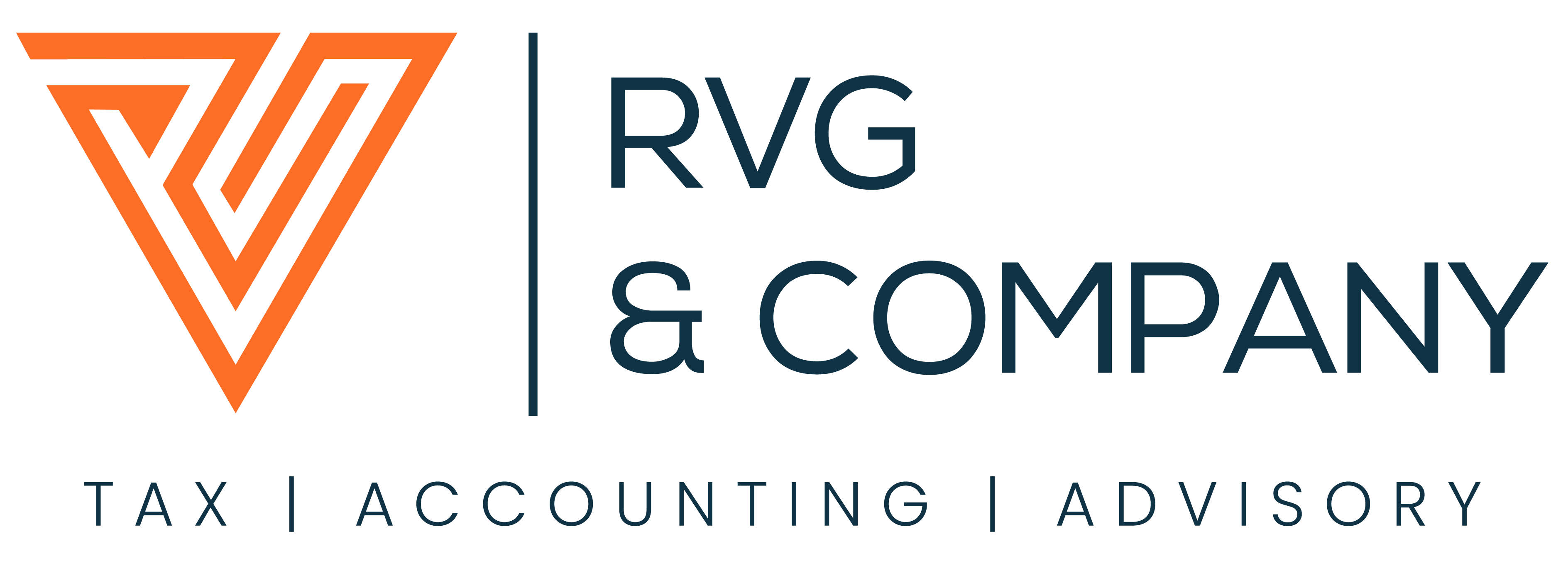The increased use of digital assets as currency and electronically stored items (such as, nonfungible tokens – NFTs – which can be digital artwork and images) has caused the IRS and other government agencies to examine the regulation of these assets. Moreover, on an international level, banking and tax enforcement agencies are reviewing the challenges and opportunities of digital marketplace.
Based on main street businesses and investors increasing interest in digital assets, The Wall Street Journal recently reported that US banks and securities firms are exploring processes to safeguard and handle their clients’ digital asset requirements. Money managers and investors are pressing traditional financial institutions such as Fidelity Investments, Bank of New York Mellon and State Street Corporation to develop capabilities to store and trade Bitcoin, NFTs and other digital currencies. Money managers and investors want these transactions to be tracked and safeguarded by these established firms as opposed to anonymous blockchains and miners that have dominated this role.
While bank and securities administrators are beginning to examine the regulation of digital assets, the IRS has been issuing guidance in this area since 2014. Since that time, the IRS has updated their Frequently Asked Questions and has added a question to tax returns regarding virtual currency transactions. In addition, President Biden’s Infrastructure Investment Jobs Act (“IIJA”), signed into law on November 15, 2021, contained provisions affecting the crypto marketplace. Moreover, on March 9, 2022, the President issued an Executive Order regarding the regulation of digital assets. Additionally, on March 28, 2022, the Administration released its fiscal agenda for 2023 (The Green Book) that has provisions regarding digital assets.
This article will discuss the basic tax treatment of digital assets. RVG and Company will issue a follow up on this topic that will outline recent developments in this area and what taxpayers and practitioners can expect as the use of digital assets grows.
Established IRS Guidance – IRS Notice 2014-21 and Published FAQs on Virtual Currency Transactions
Tax Treatment of Crypto Currency & Virtual Currency
In 2014, the IRS issued Notice 2014-21, which provides a series of questions and answers regarding the tax treatment of virtual currency transactions. This notice was supplemented in 2019 by Revenue Ruling 2019-24. Also, the IRS regularly updates the FAQs on its website regarding virtual currency. Currently, there are 46 FAQs published by the IRS. The first notice, 2014-21, contained only 16 Q&As. As a result of wider use of virtual currency, the IRS has increased the rate and scope of publishing guidance on this emerging issue. The FAQs were recently updated on March 23, 2022.
Initially, the FAQs dealt with determining the gain, loss, and basis from the use of virtual currency. As the use of virtual currency has expanded, the guidance under the FAQs has become more complex and now addresses topics such as charitable contributions, the transfer of digital currencies among a taxpayer’s wallets, peer to peer transactions and the consequences of hard and soft forks.
According to the IRS, cryptocurrency is a type of virtual currency that “uses cryptography to secure transactions that are digitally recorded on a distributed ledger, such as a blockchain.” Stable coins, or “convertible virtual currencies,” like Bitcoin that have an equivalent value in fiat currency. At the time of this writing, for instance, one Bitcoin is worth approximately $30,000. However, despite the implication of the word “currency,” the key takeaway from the IRS Notices and guidance, is that for federal tax purposes, virtual currencies are considered property, to which general tax principles for property transactions apply.
Thus, a taxpayer may realize a gain subject to capital gains tax in various transactions, such as selling cryptocurrency for cash, paying for goods and services, or exchanging one form of cryptocurrency for another (like-kind exchange rules do not apply). Like other capital assets, the tax rate depends on how long the cryptocurrency is held. It should also be noted that when a taxpayer receives virtual currency as a wage from an employer, the fair market value of the virtual currency paid as wages is subject to federal income tax withholding. The subsequent sale or use of the virtual currency by the employee to purchase other goods and services may result in a gain related to the disposition of the virtual currency.
Short-term capital gains apply to transactions involving assets held less than a year and are taxed at the
same rate as ordinary income. Long-term capital gains are subject to tax rates of either 0%, 15%, or 20%,
depending on the taxpayer’s income and filing status. The basis of the cryptocurrency is determined at the time of receipt. As a result, taxpayers must maintain records of the date and fair market value at the time the digital currency is acquired. Similarly, the taxpayer must record the date and value of the virtual currency when it is sold or disposed of.
Tax Treatment of NFTs
At present, the IRS has not issued a Notice or FAQ regarding NFTs. NFTs are unique digital assets derived from blockchain technology that can take various forms, such as artwork, music, or in-game items. NFTs are property but they are not mediums of exchange and do not function as currency.
Although their purpose and function are distinct from a “currency,” tax treatment rules for purchasing an NFT are similar. The act of purchasing an NFT is not a taxable event. If an NFT, like any asset is purchased with cash – the transaction is not a taxable event. However, if an NFT is purchased with cryptocurrency, there could be a taxable event because using the digital currency as payment (for the NFT) is treated as a disposition of the digital currency. Consequently, the taxpayer may realize a gain or loss based on the use of the cryptocurrency / digital currency used to acquire the NFT.
In addition, if the NFT is later sold for gain, the taxpayer may have to report two potential layers of gain. One gain related to the sale of the NFT and the second gain from the disposition of the cryptocurrency.
If you are engaging in business or have investments in digital assets, RVG and Company can guide you through the tax and business issued related to this emerging issue.
Conclusion
If you are engaging in business or have investments in connection with digital assets, RVG and Company can guide you through the tax and business issues related to this emerging issue. In our next article on this topic, we will examine recent regulatory steps taken by the Administration and the IRS concerning virtual currency.










